Have you ever found yourself in a tense moment in a basketball game, standing at the free-throw line, or addressing a crucial putt on the 18th hole? Mastering these skills can make or break your game. In this article, we delve into the essential techniques for making successful free throws and golf putts, offering practical tips and advice to enhance your skills on the court and the green.
Understanding Free Throws and Golf Putts
Both free throws in basketball and putts in golf require precision, confidence, and a solid understanding of technique. Unlike scoring in the middle of the action when players face numerous distractions, these shots often occur in isolation, making your mental game just as critical as your physical skills.
What is a Free Throw?
In basketball, a free throw is an unopposed attempt to score points from the free-throw line, awarded after certain fouls. The player receives one point for each successful free throw. Consistency is key; even a small improvement in your percentage can have a huge impact on the game.
What is a Golf Putt?
A golf putt is a shot taken on the green with the aim of rolling the ball into the hole. Putts vary in distance and difficulty, but the fundamentals of a good stroke and precise aim are essential for success.
 Basketball Player Shooting Free Throw
Basketball Player Shooting Free Throw
The Fundamentals of Shooting Free Throws
To increase your success rate in free throws, follow these fundamental steps:
1. Stance
- Feet Placement: Stand shoulder-width apart for balance.
- Body Angle: Position your body so your shooting shoulder aligns with the basket.
2. Grip
- Ball Position: Hold the ball lightly on your shooting hand, with your fingers spread wide. The non-shooting hand should guide the ball from the side.
- Finger Position: Create a “T” shape with your fingers beneath the ball.
3. Aim
- Focus: Concentrate on the rim, visualizing the ball’s trajectory.
- Target: Aim for the back of the rim for optimal chances of a successful shot.
4. Shooting Motion
- Bend Your Knees: Generate power from your legs.
- Follow Through: Extend your shooting hand toward the basket, finishing with a relaxed wrist motion.
5. Practice Routine
- Repetition: Consistency leads to muscle memory. Set aside time daily for free throw practice.
Table: Key Free Throw Techniques
| Technique | Description |
|---|---|
| Stance | Shoulder-width, body aligned with the basket |
| Grip | Lightly on the shooting hand, fingers spread |
| Aim | Concentrate on the rim |
| Shooting Motion | Bend knees, follow through |
| Practice Routine | Daily repetition for muscle memory |
The Fundamentals of Golf Putting
Great putting can significantly lower your score and get you a few bragging rights on the course. Here’s how to hone your skills:
1. Stance
- Feet Placement: Stand shoulder-width apart, aligning your shoulders with the target line.
- Knees: Slightly flex your knees for stability.
2. Grip
- Hand Position: Use either the standard grip or the cross-handed grip based on your comfort.
- Light and Steady: Maintain a relaxed grip for a smooth stroke.
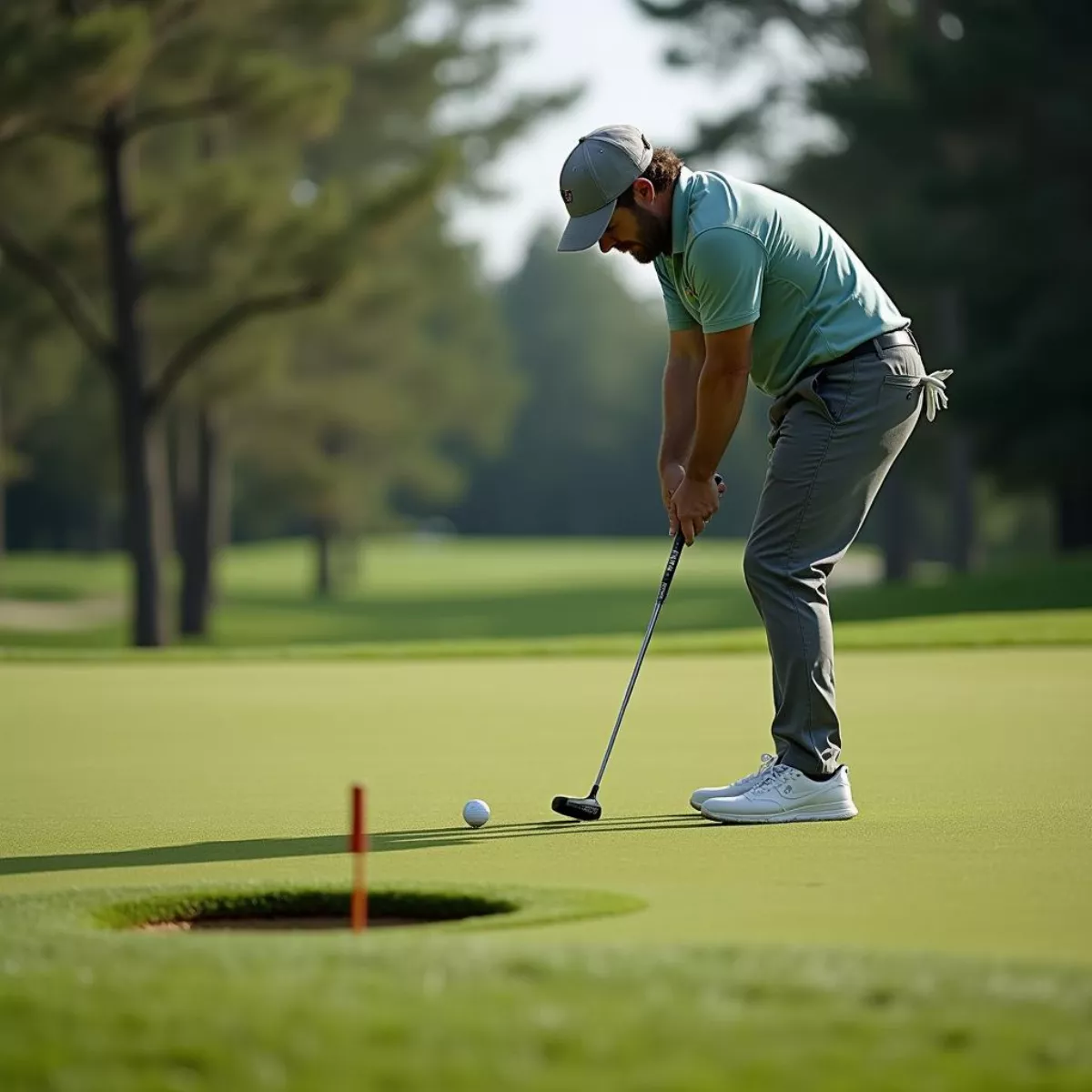 Golfer Putting on Green
Golfer Putting on Green
3. Aim
- Line of Sight: Choose your target line and visualize the ball rolling toward the hole.
- Practice Alignment: Use alignment aids, such as a marker on the green, to ensure your aim is true.
4. Putting Motion
- Smooth Stroke: Focus on a pendulum motion with your shoulders participating and arms relaxed.
- Follow Through: The follow-through should match the distance and speed of the putt.
5. Practice Routine
- Short Putts First: Start with short distances to gain confidence, then gradually increase the length.
Table: Key Golf Putting Techniques
| Technique | Description |
|---|---|
| Stance | Shoulder-width; align shoulders with target line |
| Grip | Standard or cross-handed, relaxed grip |
| Aim | Visualize the line and use alignment aids |
| Putting Motion | Smooth, pendulum-like stroke |
| Practice Routine | Start with short putts, progressively increase |
Mental Strategies for Success
The mental game is just as critical as physical preparation for successful free throws and golf putts. Here’s how to cultivate a winning mindset:
- Visualize Success: Before each shot, spend a moment visualizing a successful outcome.
- Breathe Deeply: Calm your nerves with deep breaths to focus and settle.
- Stay Present: Avoid overthinking and focus on the task at hand.
“The more you practice, the luckier you get.” – Gary Player
 Athlete Meditating on Court
Athlete Meditating on Court
Troubling Issues and Solutions
As with any skill, players can encounter challenges. Here are some common issues and ways to address them:
Common Issues in Free Throws:
- Inconsistent Results:
- Solution: Focus on a consistent routine to foster predictability in your shot.
- Nervousness:
- Solution: Practice deep-breathing techniques to calm your nerves.
Common Issues in Golf Putting:
- Misalignment:
- Solution: Use alignment aids like pegs to help ensure you’re aiming correctly.
- Inconsistent Speed:
- Solution: Regularly practice putts of varying lengths to develop feel for the speed.
Key Takeaways
- Mastering Free Throws: Pay attention to your stance, grip, aim, and shooting motion. Consistency is crucial, so practice is vital.
- Perfecting Golf Putts: Focus on your stance, grip, aim, and putting motion. Regular practice builds confidence and skill.
- Mental Game: Visualization, focus, and breathing techniques can enhance your performance in both sports.
FAQ Section
1. How can I improve my free throw shooting percentage?
Answer: Consistent practice and developing a routine can significantly improve your shooting percentage. Focus on your form and mental strategy.
2. What is the most common mistake people make while putting?
Answer: A common mistake is misalignment of the body and club. Regularly check your setup to ensure proper alignment with the target.
3. How often should I practice free throws?
Answer: Aim for daily practice, spending at least 20 minutes working on your technique.
4. Can mental strategies improve my sports performance?
Answer: Yes, mental strategies like visualization and focus help improve performance by engaging your mind positively and reducing anxiety.
5. What is the best grip for putting?
Answer: The best grip is subjective and varies by player. Experiment with standard and cross-handed grips to find which feels more comfortable.
6. How can I stay calm before taking a free throw or putt?
Answer: Use deep breathing techniques, focus on a positive mindset, and visualize success to remain calm under pressure.
7. Is it necessary to practice with a coach?
Answer: While not essential, working with a coach can provide valuable feedback, helping to refine your skills more quickly.
8. Should I use alignment aids for practice?
Answer: Yes, alignment aids can help develop better aim and ensure you learn proper setups during practice.
9. Can I practice free throw shooting and putting alone?
Answer: Absolutely! Many effective drills can be done solo to improve both skills.
10. How do I stay motivated to keep practicing?
Answer: Set specific, achievable goals and track your progress. Celebrate small victories for sustained motivation!
Following these techniques and mental strategies will help you transform your free throw shooting and golf putting skills. Remember, practice and persistence are the keys to success. Get out there and start making those crucial shots!
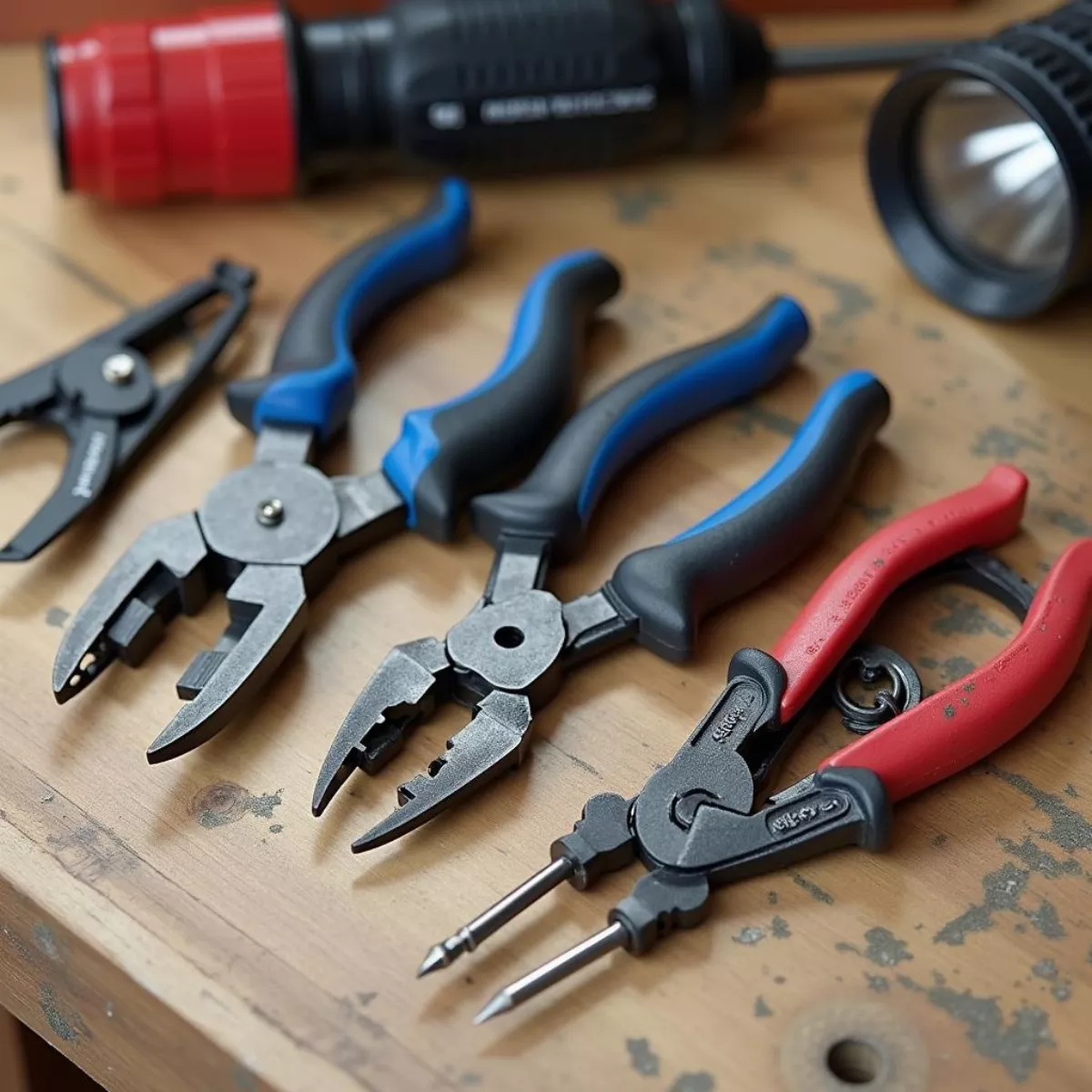
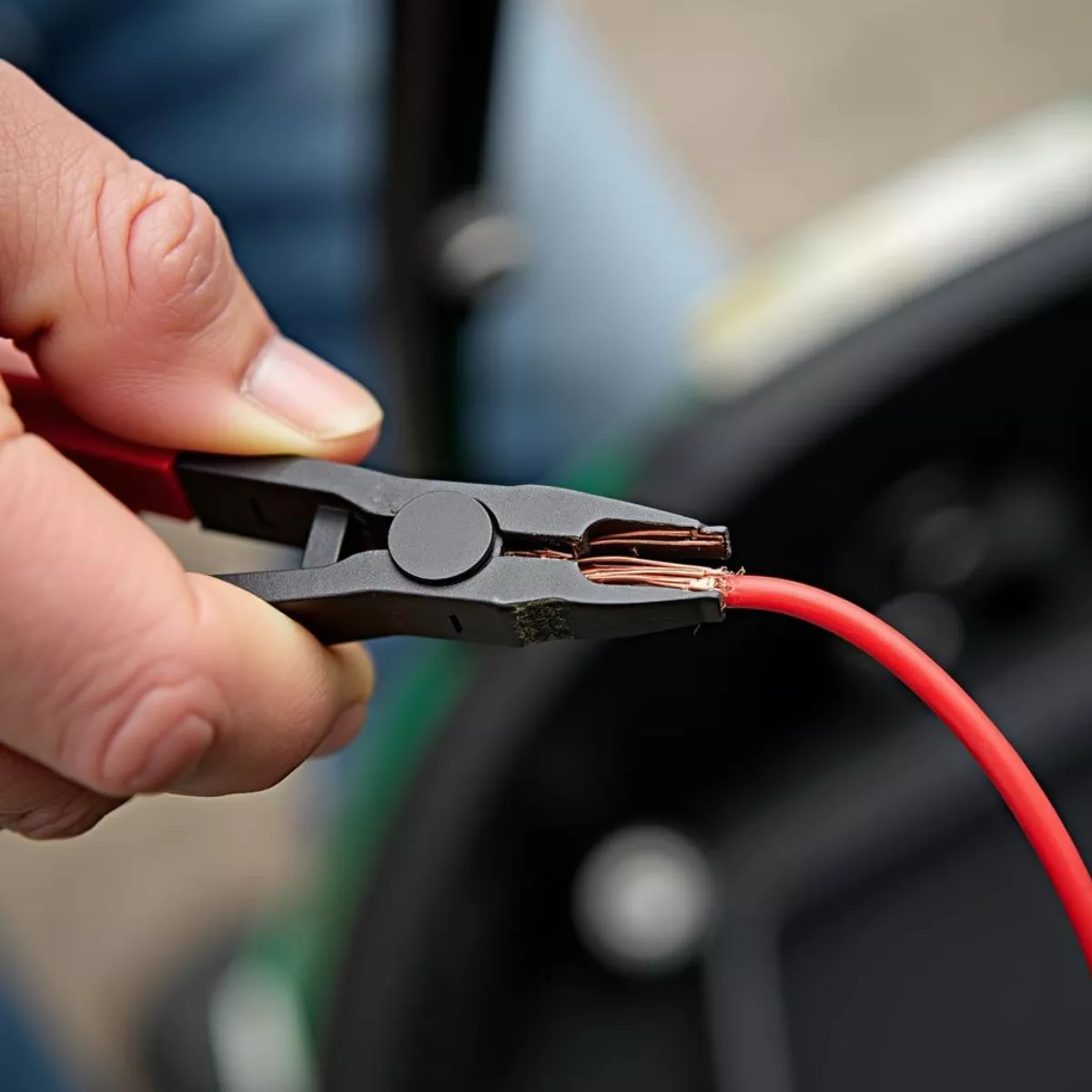 Stripping golf cart ignition wires
Stripping golf cart ignition wires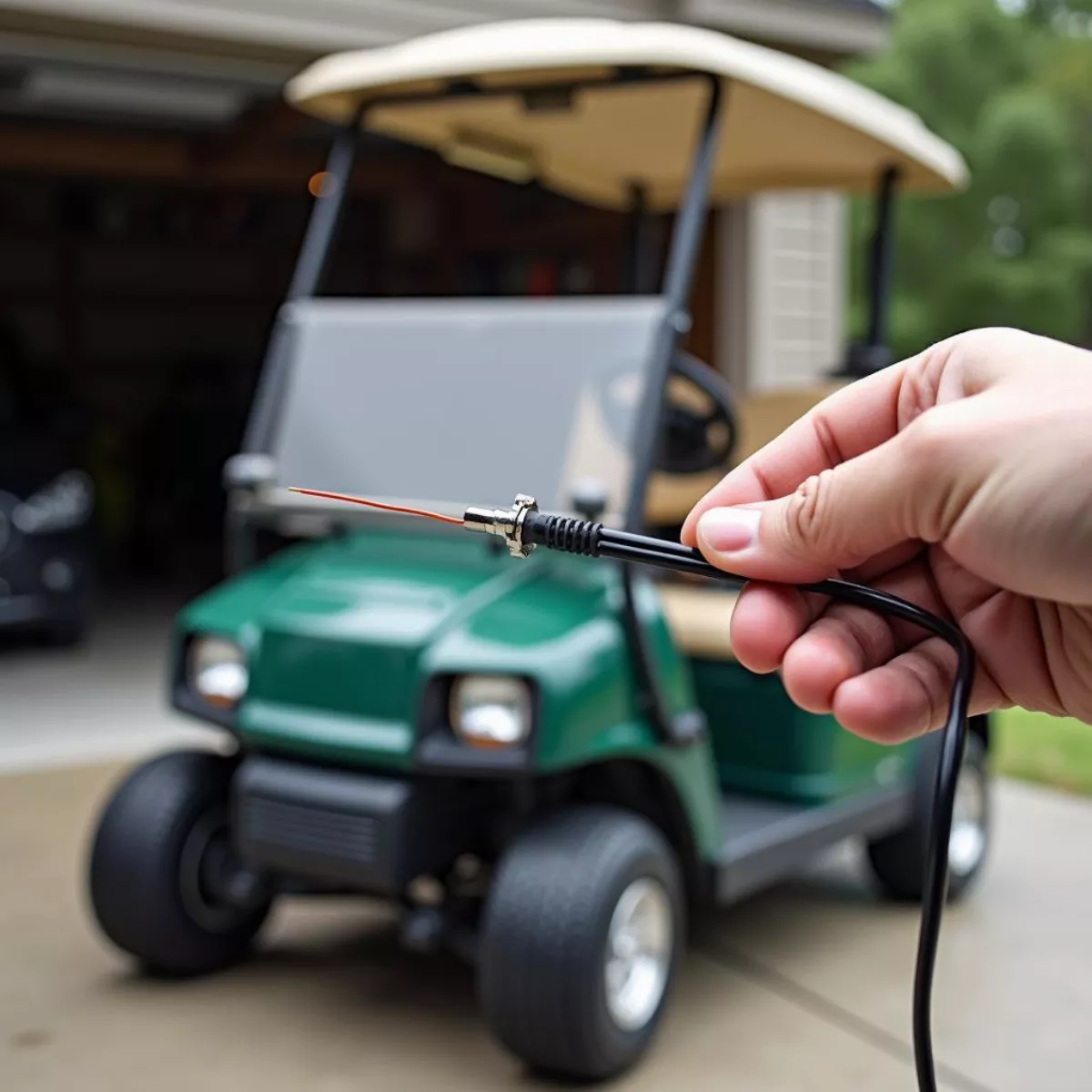 Golf cart starting after hotwiring
Golf cart starting after hotwiring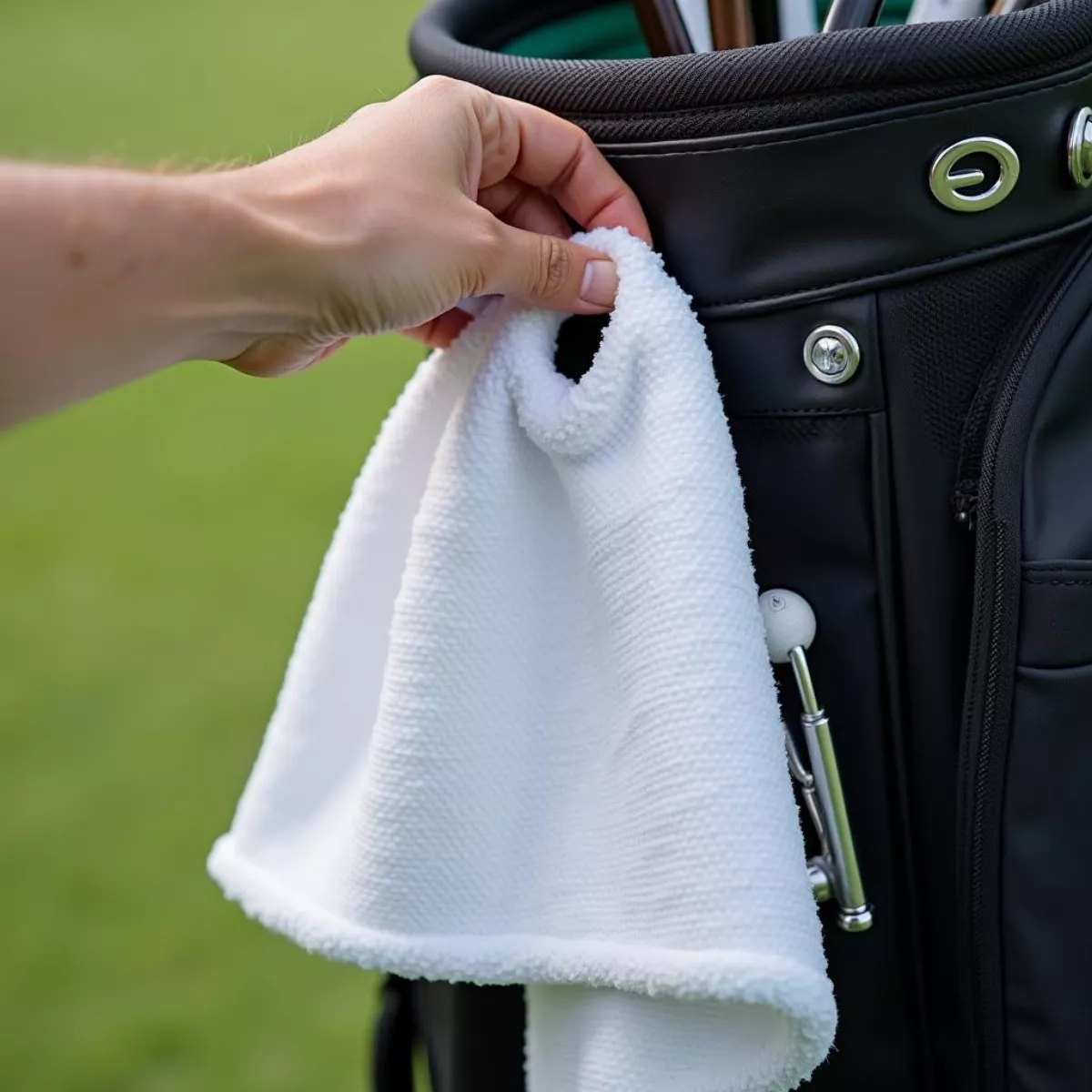
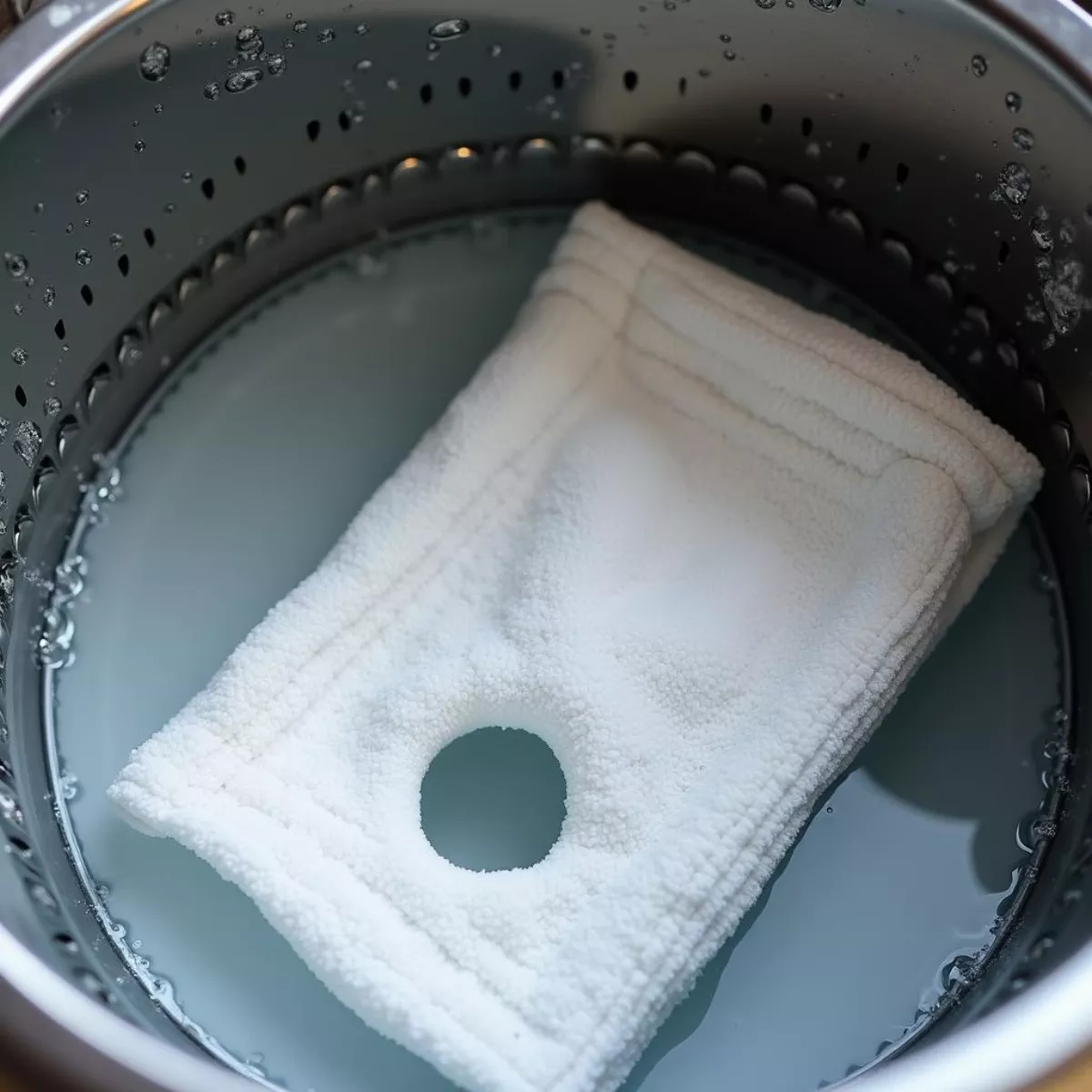 Washing Golf Towel
Washing Golf Towel 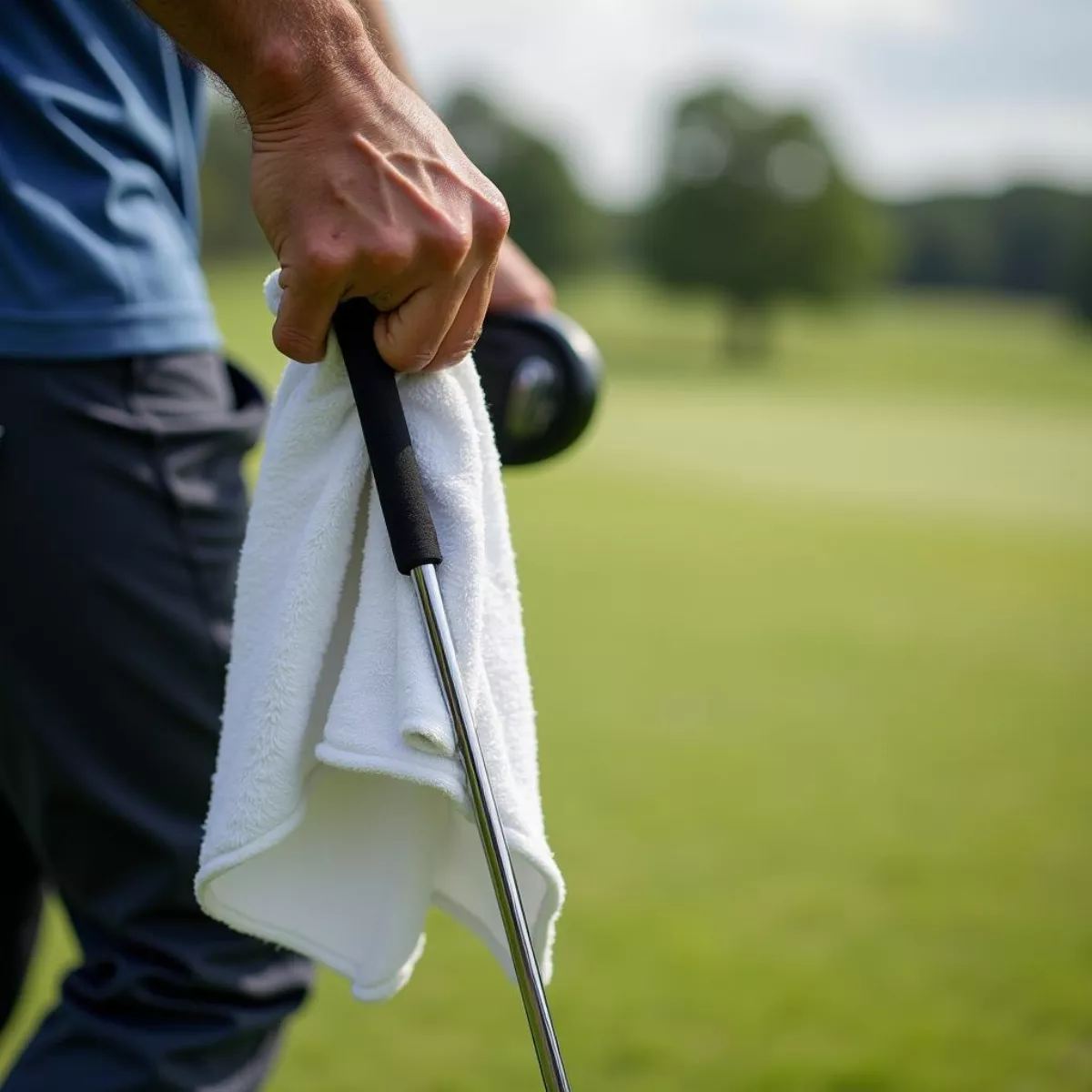 Golfer Using Towel
Golfer Using Towel 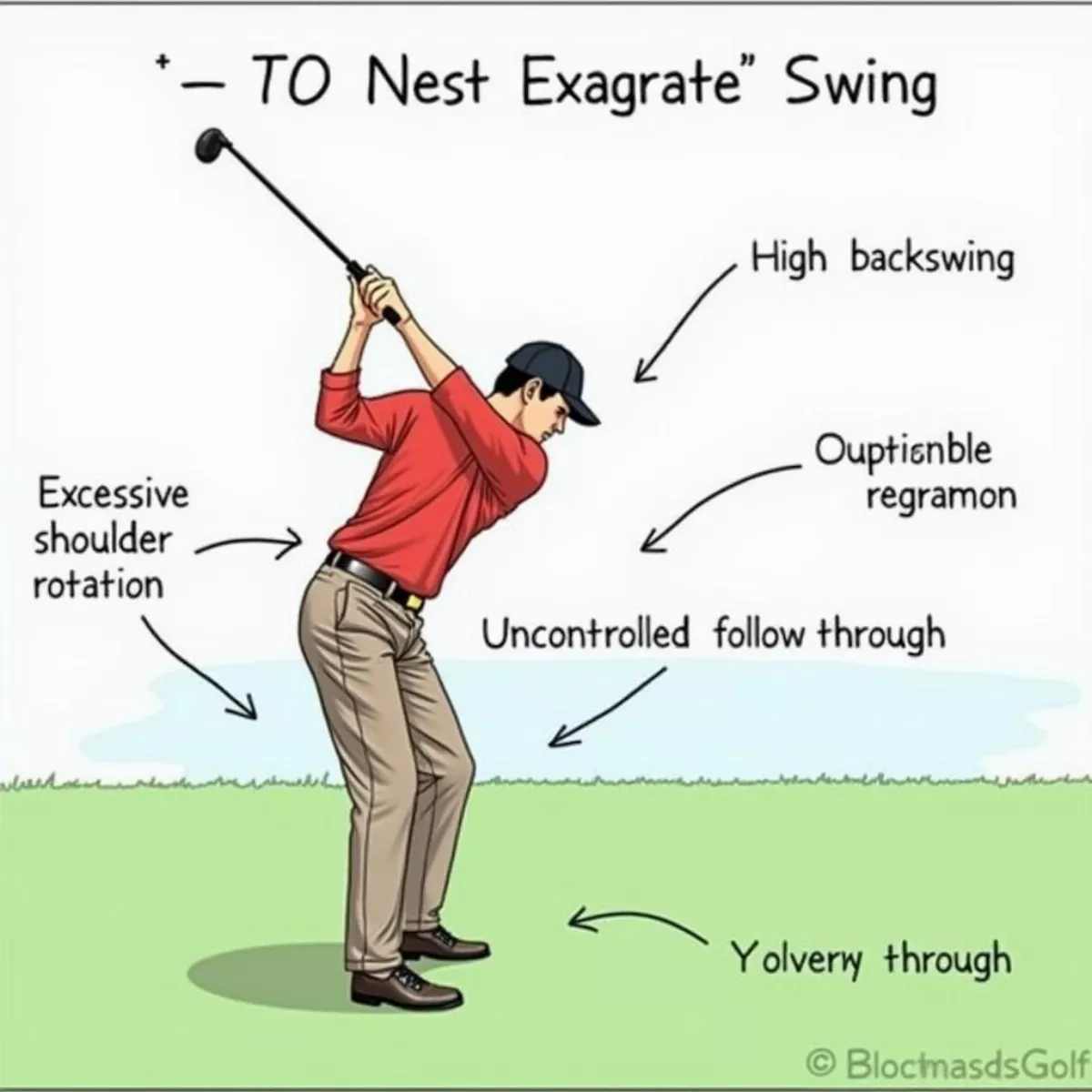
 Golfer Demonstrating Correct Stance and Grip
Golfer Demonstrating Correct Stance and Grip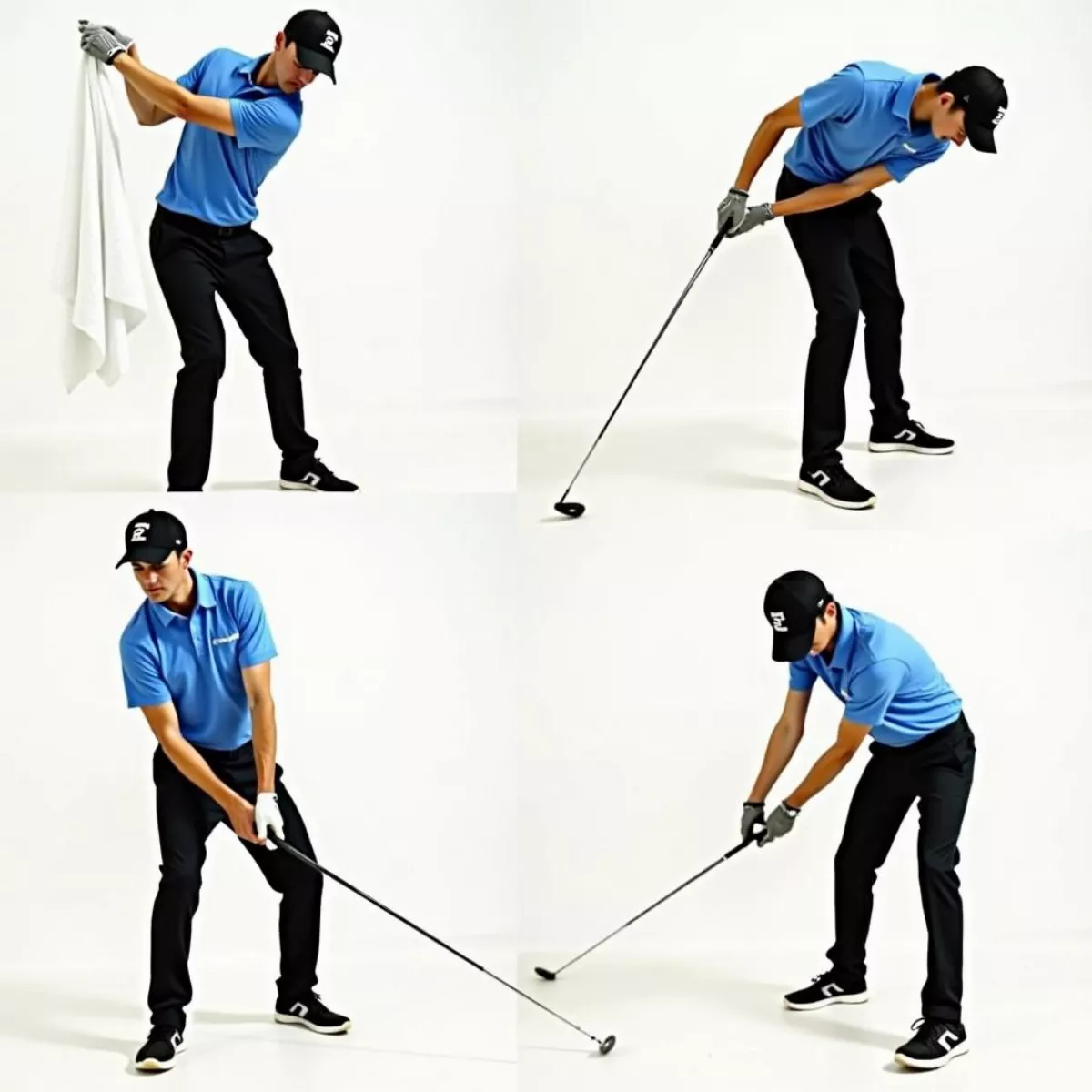 Golfer Performing Drills for Swing Improvement
Golfer Performing Drills for Swing Improvement
 Golfer taking in the scenic view at a Tucson par 3 golf course
Golfer taking in the scenic view at a Tucson par 3 golf course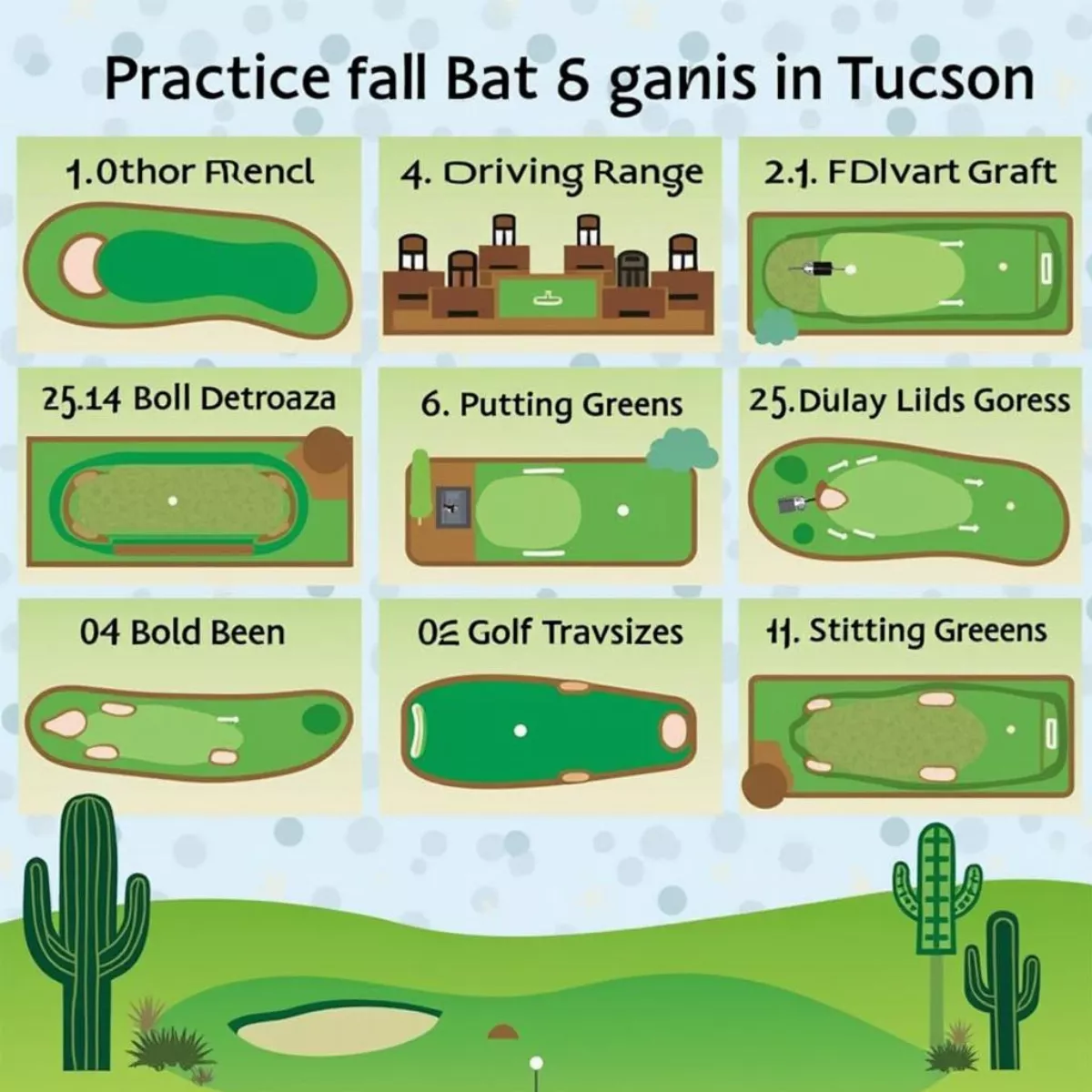 Golf practice facilities in Tucson
Golf practice facilities in Tucson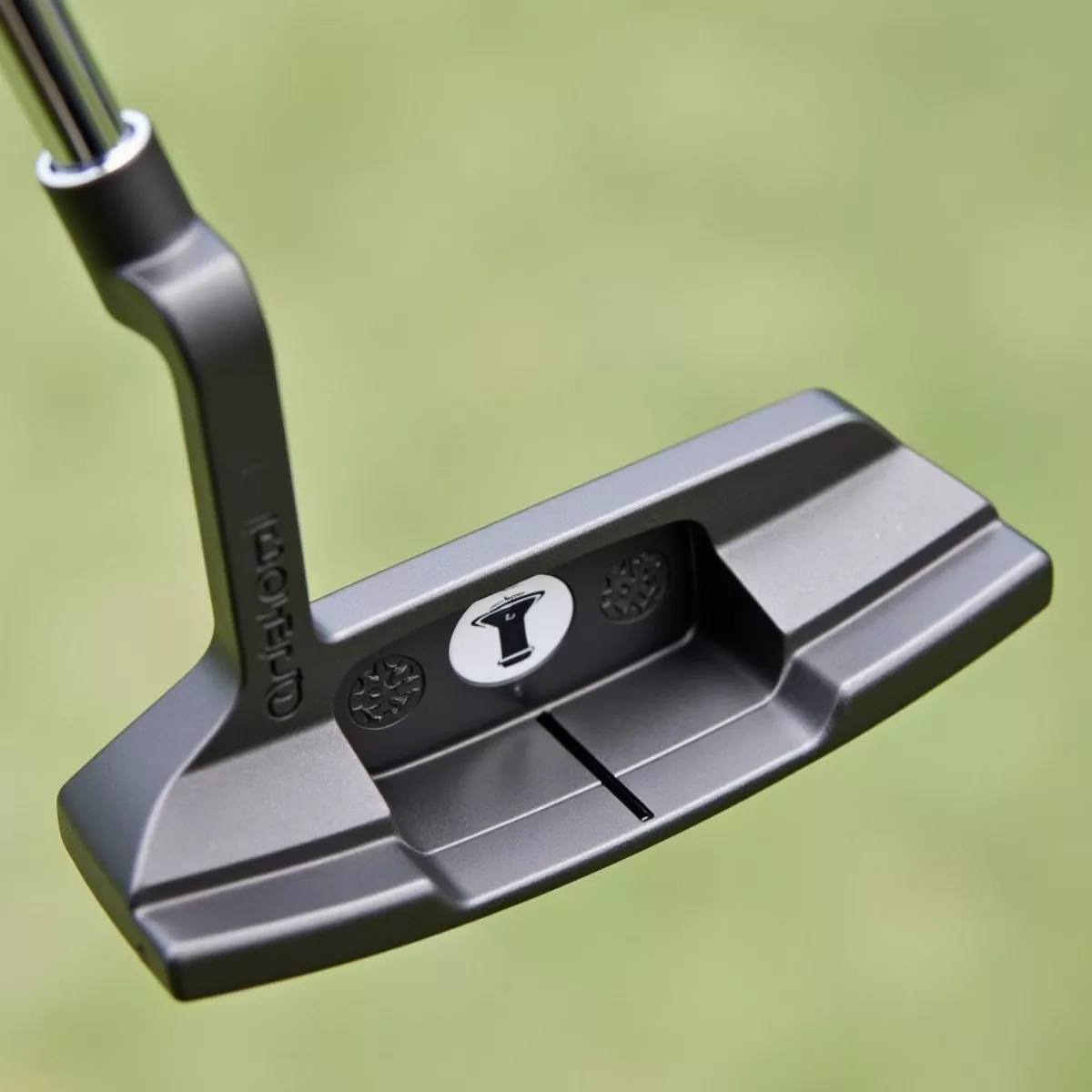
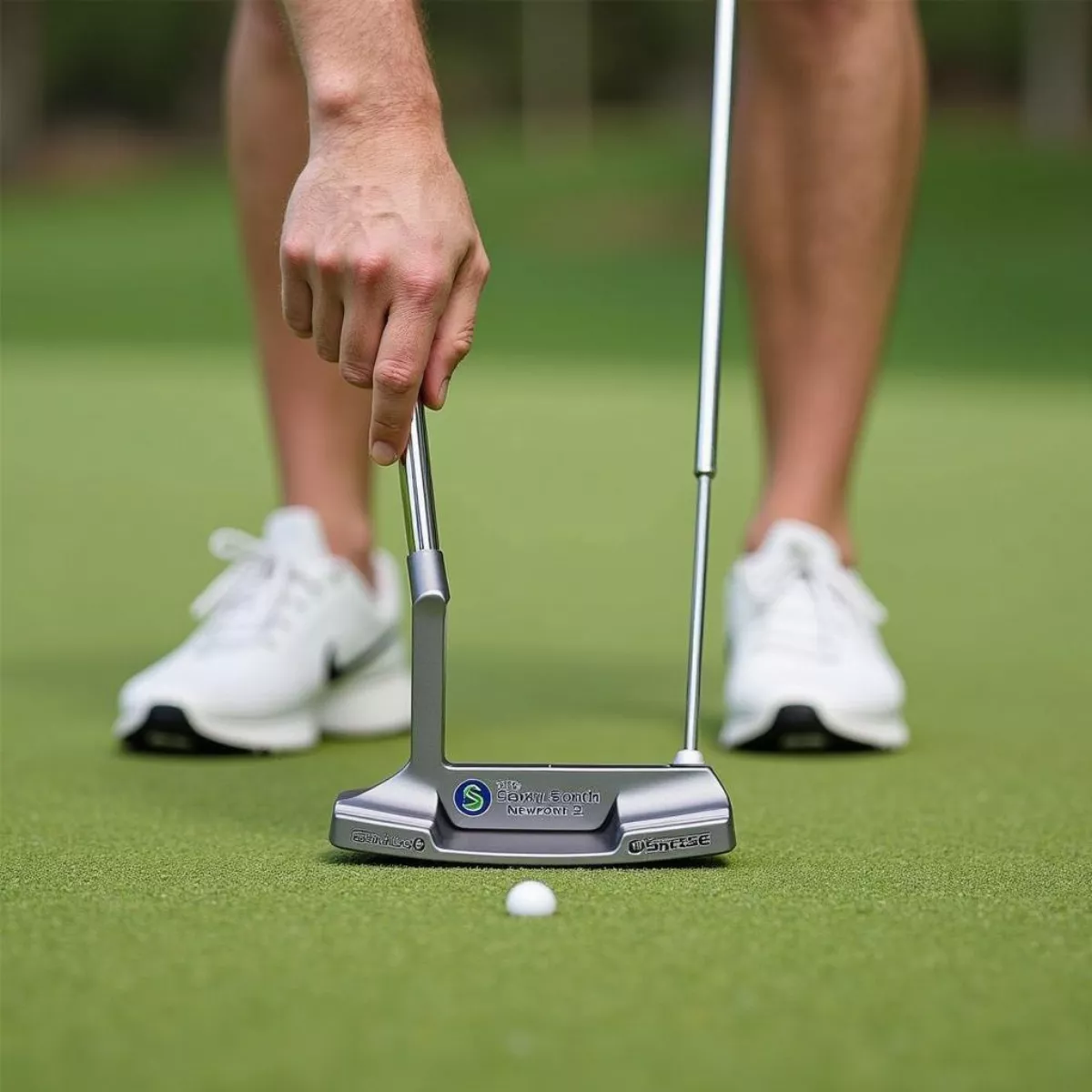 Golfer using Scotty Cameron Newport 2 GSS Putter
Golfer using Scotty Cameron Newport 2 GSS Putter Golfer getting fitted for a putter
Golfer getting fitted for a putter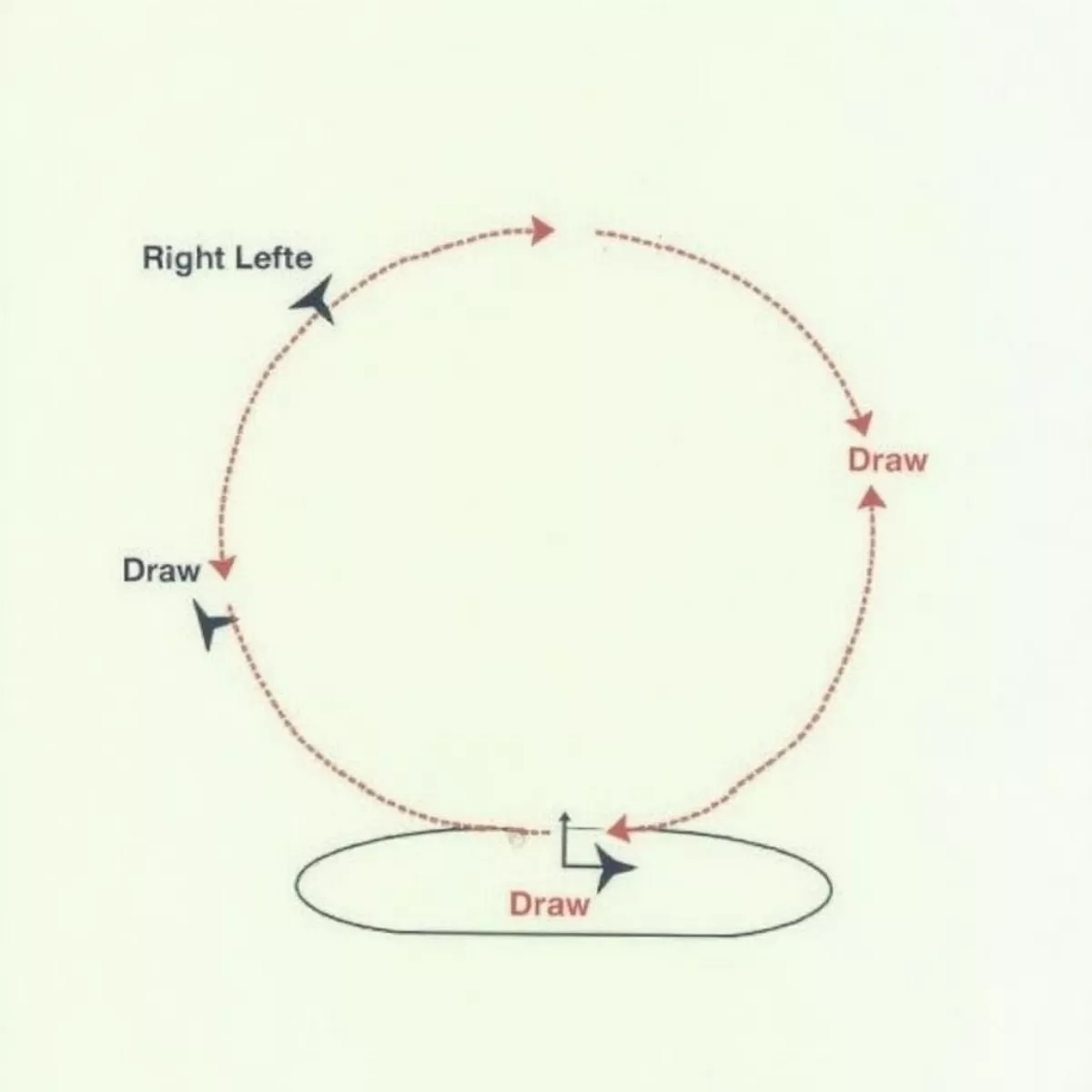
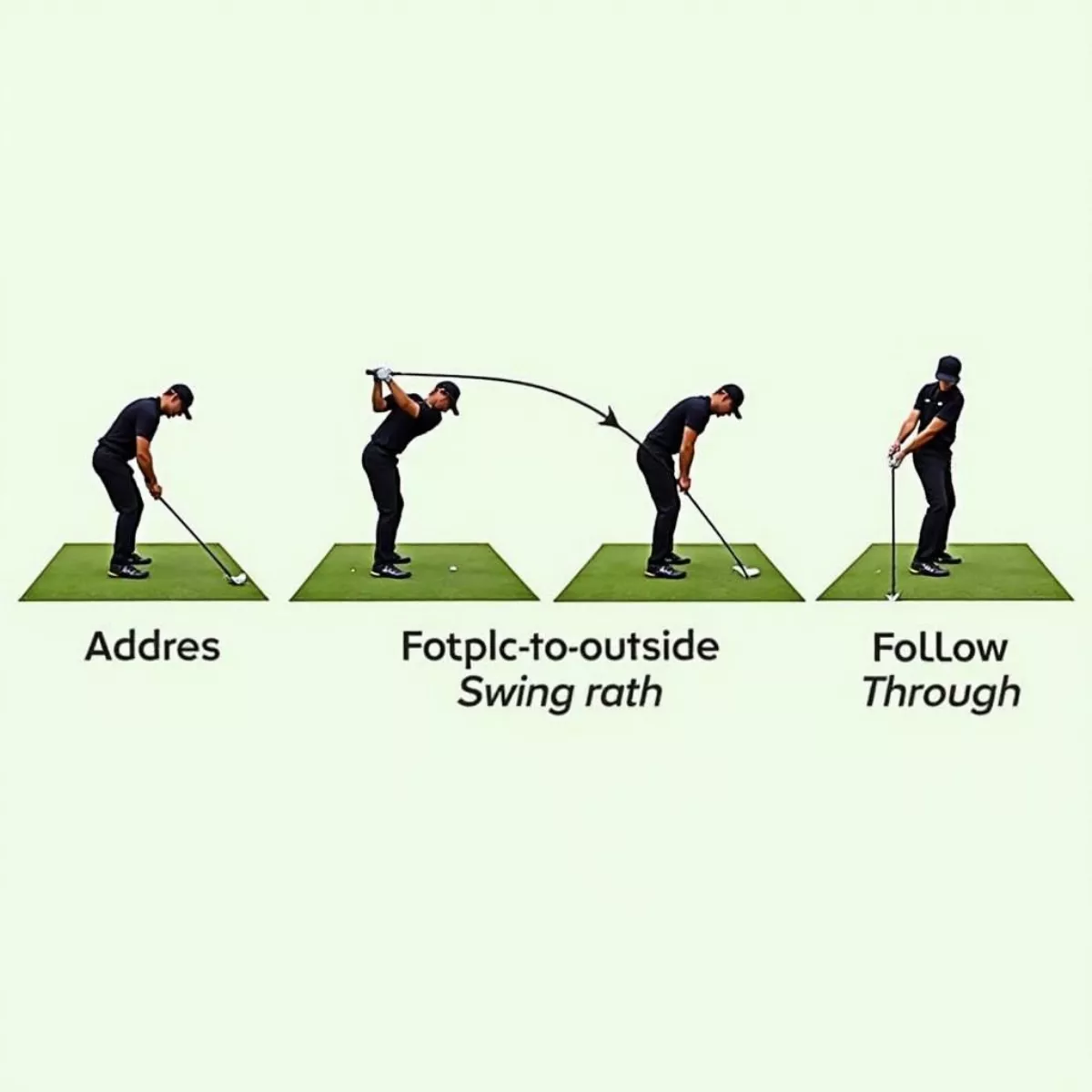 Golfer Demonstrating Swing Path for a Draw
Golfer Demonstrating Swing Path for a Draw Golfer Visualizing a Draw Shot
Golfer Visualizing a Draw Shot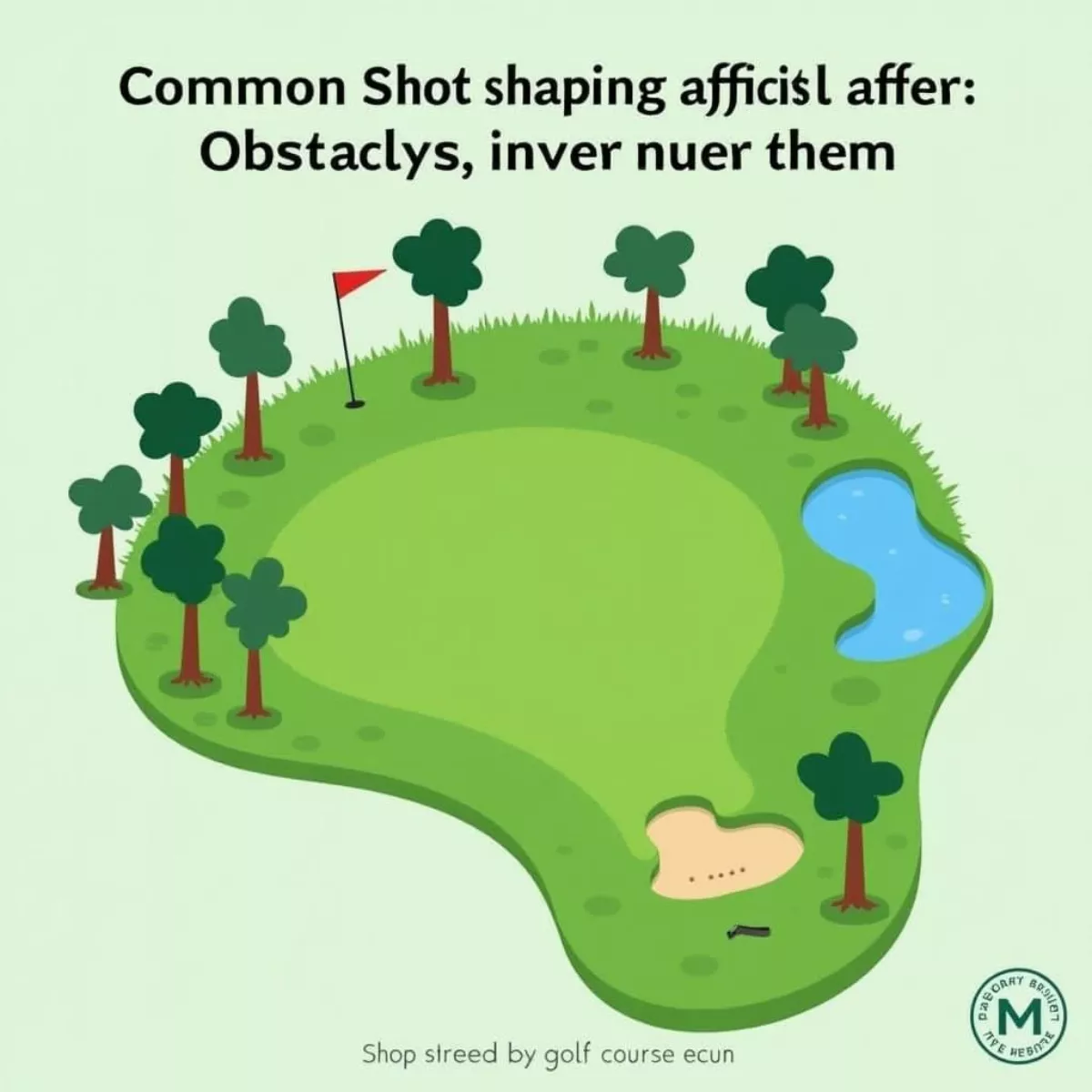
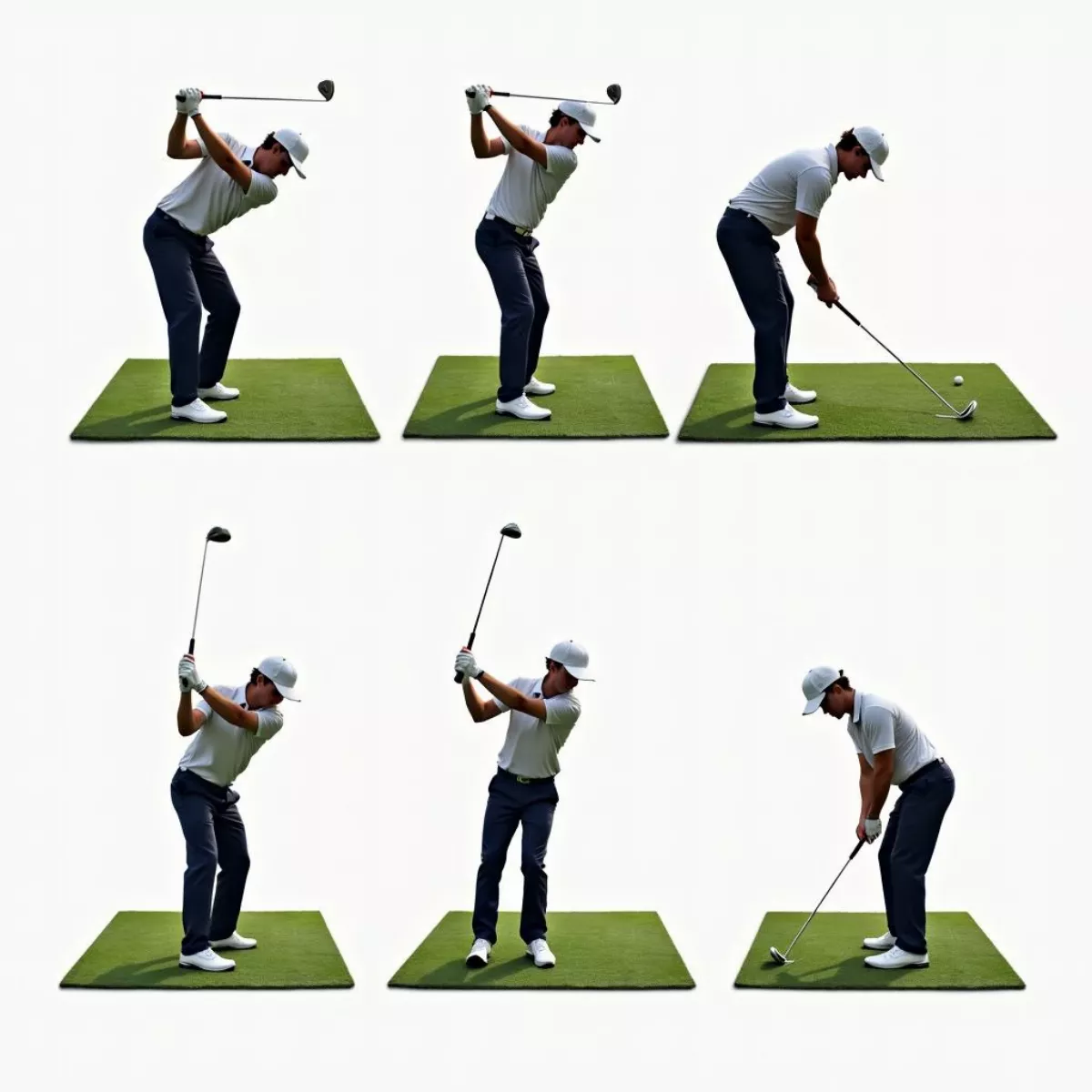 Golfer Executing a Draw Shot
Golfer Executing a Draw Shot Golfer Celebrating a Successful Shot
Golfer Celebrating a Successful Shot
 Golf Cart Safety Check
Golf Cart Safety Check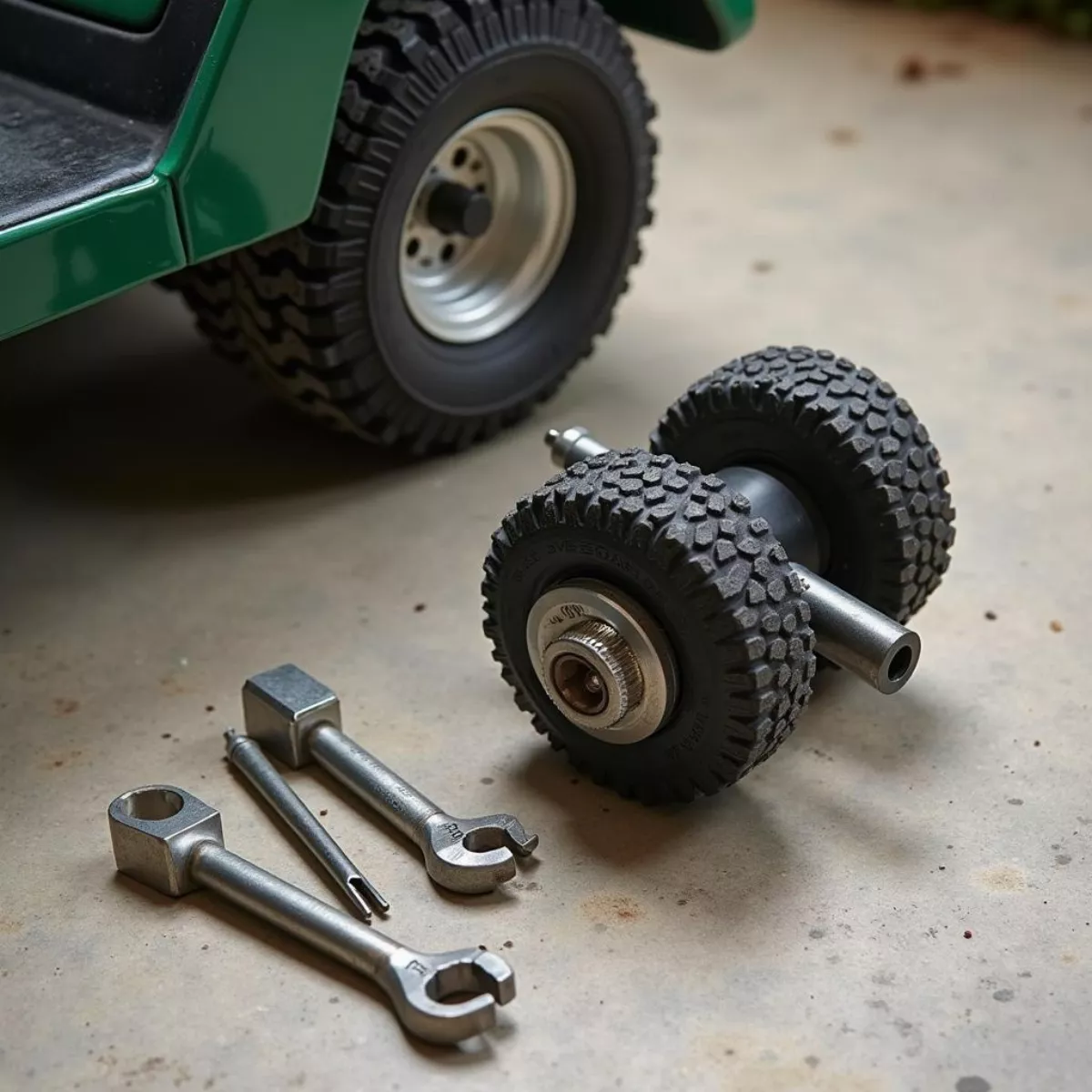 Disabled Golf Cart Governor
Disabled Golf Cart Governor